Misfit 100
welcome to the rebellion
We’re on a mission to create 100 new disability inclusive ads in one year and fix advertising’s ableism problem.
We’re assembling a coalition of the industry’s brightest and most inclusive brains to show the world that inclusion sells.
First, the good news.
When done well, disability inclusive advertising unlocks massive potential for businesses.
-
This isn’t charity. The global disability community controls $13 trillion in annual spending power. That’s trillion, with a T. It’s a market opportunity your CFO should be foaming at the mouth for.
-
Consumers are 84% more likely to trust a brand that includes disabled people in its marketing. In an era of AI deepfakes and brand skepticism, trust is survival.
-
73% of consumers would switch to an inclusive brand from a competitor even if it costs slightly more. Disability is a differentiator. If you don’t claim it, your competitor will.
And, we’ll help ‘em.
-
We analyzed 500+ ads and found that when campaigns included disability, the drove 65% higher ROI. Doing it right isn’t expensive, but doing it wrong sure as hell is.
-
When disabled people show up in ads, audiences stick around. We saw an 18% jump in engagement when disability was represented. People pay attention when you finally get it right. If you’re not seeing that, (cough), maybe we can help?
-
Ads that included disability got 80% more press without spending a cent more. Why? Because authentic inclusion is rare. Respectfully, y’all leave us out so often, that just simply including us sparks singing from rooftops. You want buzz? Disability is your PR cheat code.
Fascinated and want to learn more? We thought you might be, so we have a whitepaper we’ll send you next week.
Now, some hard truths.
-

of content features disability
-

of content intending to include us relies on tropes that harm us
-

of disabled consumers encounter inaccesible ads regularly
If there’s so much opportunity, why isn’t the industry better at this?
(and other excellent questions you’re asking)
We ask ourselves this every single day. Having worked in this industry for so long, it usually boils down to one of three reasons: they don’t know why, they don’t know how, and they’re scared to do it wrong.
You can sponsor a panel. You can slap a logo on a pledge. We’ve seen them. And yet? Disability is still missing in action in your ads.
The Misfit 100 is a proof-of-concept movement for brands and agencies serious about inclusion, who recognize it’s far past time to move from performative to powerful.
Disability inclusion is a team sport, and we need everyone to get some skin in the game. The only way into our movement is to actually make a move.
you can’t buy your way into misfit 100.
How to join the misfit 100
We launched our first stunt at Cannes, but baby, we’re just getting started.
-
Last year we audited every single Cannes Lions ad for disability inclusion. The results? Inclusive ads consistently outperformed their peers across ROI, engagement, media buzz, and more.
We asked Cannes to share the data and help you learn how to do this better. They told us: “The industry isn’t ready.”
So we thought…why not let the industry decide for itself?
If you like money, we think you’re ready.
-
Ready to make ads that actually include disabled people—and actually work? This July, we’re launching a creative sprint for brands who are done with waiting, guessing, or getting it half-right. We’ll co-create in real time, tweak what you’ve got, and leave you with inclusive work that lands and delivers delicious results.
-
We’re wrapping the year with a bang: we take Times Square. The Misfit 100 campaigns go up in lights, influencers drive the traffic, and your brand shows up where it counts: in our archive, in the press, and in the hearts of billions of people ready to buy from someone who finally got it right.
-
When Cannes told us the industry wasn’t ready for disability inclusion, we took that as a challenge.
Now we’re working with the fiercest creative minds to prove the opposite by tracking every campaign, celebrating what works, and turning 100 inclusive ads into an undeniable case study. Come Cannes 2026 we’re submitting the receipts via a submission for every single LIONs category. Not just to say “you were wrong” (though, they are) but to demand the industry finally get it right.
Meet the team behind
this whacky stunt.
Not Sure Where to Start? We Do.
Know better & do better.
By expanding your CREATIVE lens, you’ll learn the language to attract and not offend one of the largest markets in the world. It’s time for media and advertising professionals to think differently about what problems their products solve for the people who might need them most.








